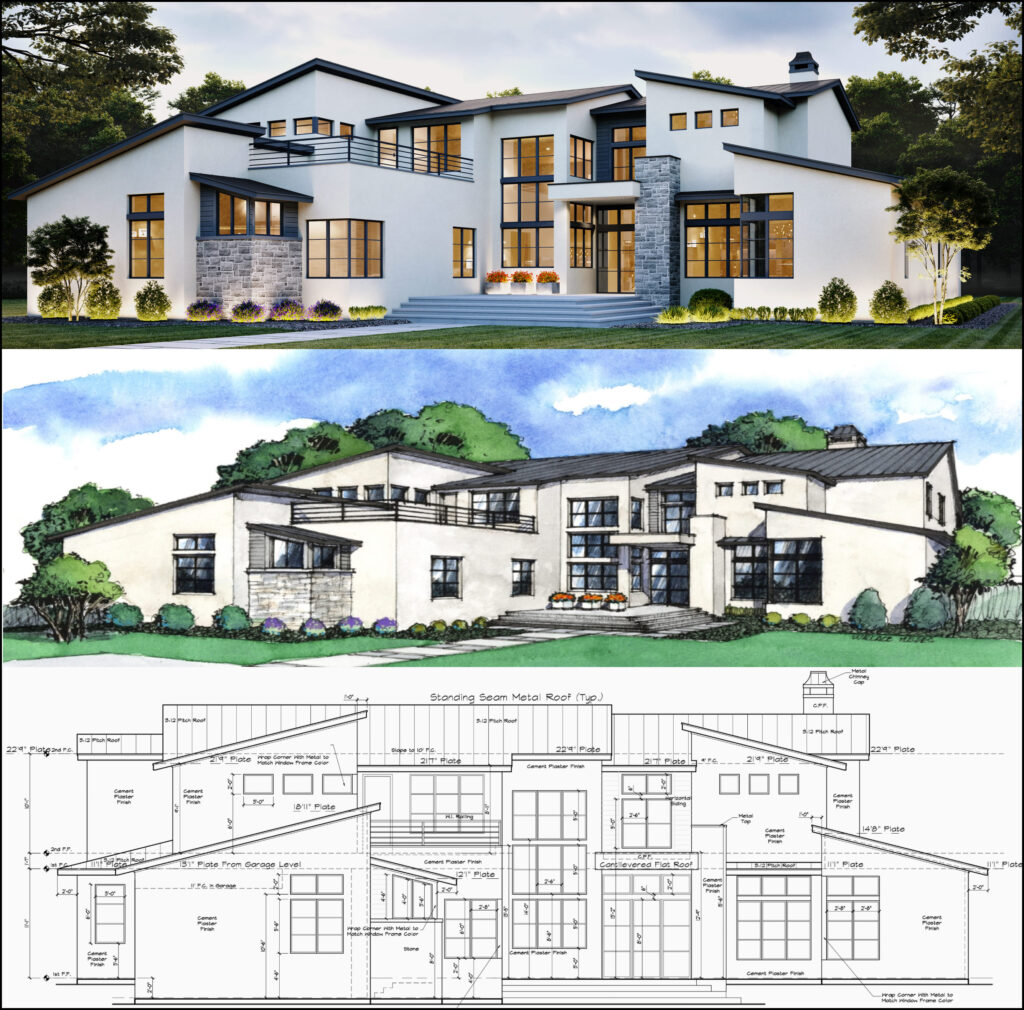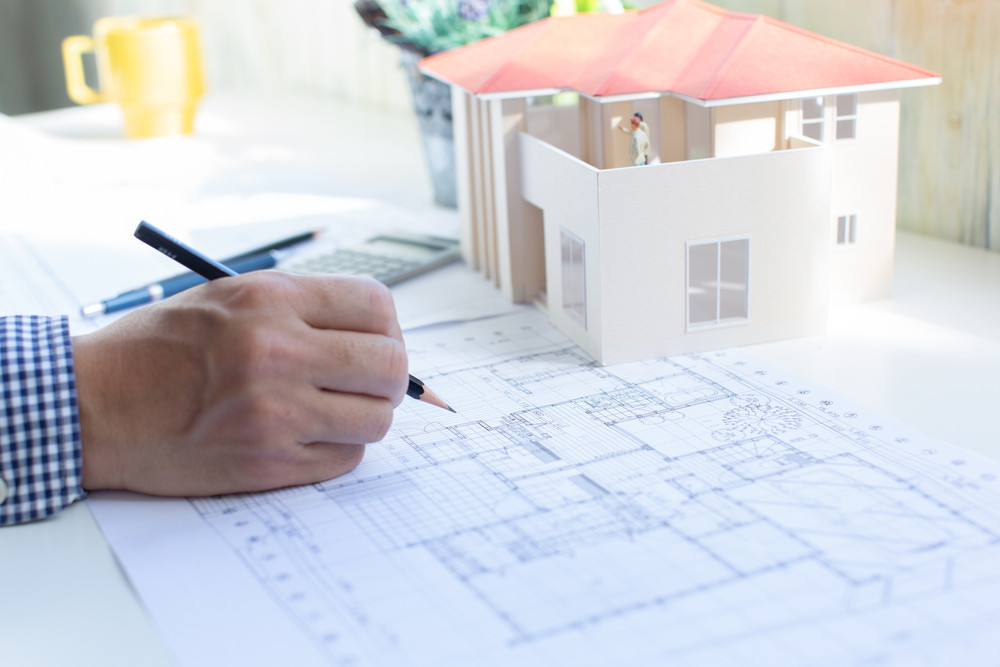Leading Factors to Pick CDA Architects for Your Residential or Commercial Layouts
Leading Factors to Pick CDA Architects for Your Residential or Commercial Layouts
Blog Article
An Extensive Introduction of Building Styles and Their Influence on Modern City Planning and Advancement
Architectural styles have actually long served as a mirror to the societal values and technological innovations of their time, playing a vital duty in shaping modern city planning and advancement. From the majesty of Neoclassicism to the practical approach of Brutalism, each style has presented one-of-a-kind principles that influence city aesthetics and functionality.

Historic Review of Building Designs
Throughout background, building designs have actually evolved in feedback to cultural, technological, and environmental aspects. Each duration reflects the dominating values, ideas, and advancements of its time, leading to an abundant tapestry of layout that symbolizes human creative thinking and adjustment. The old civilizations, such as the Egyptians and Greeks, established foundational styles that emphasized balance and proportion, serving both practical and visual functions.
As cultures transitioned with the Center Ages, Gothic design arised, defined by its verticality and detailed describing, mirroring the spiritual aspirations of the era. The Renaissance noted a rebirth of timeless suitables, merging art and architecture in innovative ways that influenced succeeding styles throughout Europe.
The Industrial Change presented new materials and construction strategies, triggering motions like Modernism, which challenged traditional forms and welcomed simpleness and performance. The 20th century saw a diversification of styles, with Postmodernism responding versus the plain minimalism of its predecessor, integrating historical references and eclectic elements.
Today, architectural styles proceed to develop, driven by globalization and sustainability issues, reflecting a vibrant interplay in between heritage and advancement (cda architects). This historical introduction underscores the significance of design as a mirror of societal advancement and as a catalyst for city development
Key Architectural Styles Explained
The variety of architectural designs shows the myriad influences that form our constructed atmosphere, each embodying distinctive characteristics and social values. Trick architectural styles consist of Timeless, Gothic, Baroque, Modernism, and Postmodernism, each representing distinct historic contexts and visual viewpoints.
Classic style, rooted in ancient Greece and Rome, emphasizes proportion, proportion, and using columns. In comparison, Gothic style, thriving in the Center Ages, is identified by sharp arches, ribbed vaults, and flying buttresses, producing a heavenly high quality in sanctuaries. Baroque architecture, emerging in the 17th century, is marked by magnificence, intricate ornamentation, and a dynamic interaction of light and shadow.
Innovation, which obtained momentum in the very early 20th century, prioritizes feature over kind, making use of brand-new products like steel and glass to produce minimal frameworks. Postmodernism, responding versus the austerity of Innovation, embraces eclecticism and historical reference, often including lively aspects and irony.
Comprehending these designs gives understanding into the cultural stories and technological improvements of their respective ages, highlighting how design offers not simply as a shelter, yet as a representation of societal values and desires.
Influence On Urban Planning
In shaping the advancement of cities, architectural designs significantly affect city planning choices. The choice of building style often determines the looks, performance, and general personality of metropolitan atmospheres.
Additionally, building designs can influence zoning regulations and land use policies. Urban coordinators must think about the dominating architectural fads when developing areas, ensuring that new advancements harmonize with existing structures. This consideration cultivates natural city landscapes and other improves community identity.
The execution of specific architectural designs can additionally influence socioeconomic factors within a city. Premium modern layouts might attract affluent homeowners and companies, leading to gentrification, while extra cost effective real estate solutions may prioritize practical and sustainable designs to fit varied populations. Eventually, the interplay in between architectural styles and city planning develops dynamic cities that reflect both historical context and modern demands, shaping the lived experiences of their inhabitants.
Sustainability and Modern Design

Contemporary architectural motions, such as biophilic style and eco-friendly architecture, advocate for frameworks that balance with their surroundings, utilizing natural materials and promoting biodiversity. These designs commonly incorporate eco-friendly energy sources, such as photovoltaic panels and wind turbines, to minimize dependence on nonrenewable fuel sources and reduced carbon footprints.
Additionally, the integration of sophisticated technologies, such as clever building systems, improves power administration, optimizing resource usage while making certain resident convenience. Innovative water monitoring methods, consisting of rainwater harvesting and greywater recycling, more add to lasting urban settings.
Especially, sustainability prolongs past environmental problems; it encompasses social and economic dimensions also. By cultivating community health and promoting inclusivity, contemporary building designs align with sustainable development goals. The advancement of architectural practices continues to form More Bonuses resistant cities that not only fulfill the needs of the existing however likewise secure the future for generations to come.
Community Involvement in Layout
Area interaction in style serves as a critical bridge in between engineers and the populaces they serve, guaranteeing that the built environment mirrors the demands and desires of its users. This collaborative process welcomes area participants to add their understandings and preferences, promoting a feeling of possession and responsibility toward the areas they live in.
Reliable neighborhood interaction utilizes numerous approaches, such as workshops, studies, and public online forums, to gather diverse point of views. These strategies assist in a two-way discussion, enabling designers to recognize local contexts while equipping homeowners to voice their worries and needs. This inclusivity not only boosts the layout quality but also promotes social equity by addressing the one-of-a-kind difficulties encountered link by marginalized groups.
Furthermore, area involvement can cause innovative remedies that might not arise in a standard design process. By integrating neighborhood expertise and social values, designers can produce spaces that reverberate even more deeply with customers, enhancing usability and sustainability. Eventually, focusing on area involvement in layout processes leads to environments that nurture social interactions, support wellness, and enhance area ties, therefore playing an essential function fit modern-day city landscapes.
Verdict
Architectural designs have actually greatly influenced contemporary city planning and advancement, mirroring evolving social and technological contexts. As cities continue to grow and adjust, the continuous dialogue between architectural heritage and modern-day layout principles will continue to be essential in producing inclusive, lively rooms that boost top quality of life and advertise social equity.
Report this page